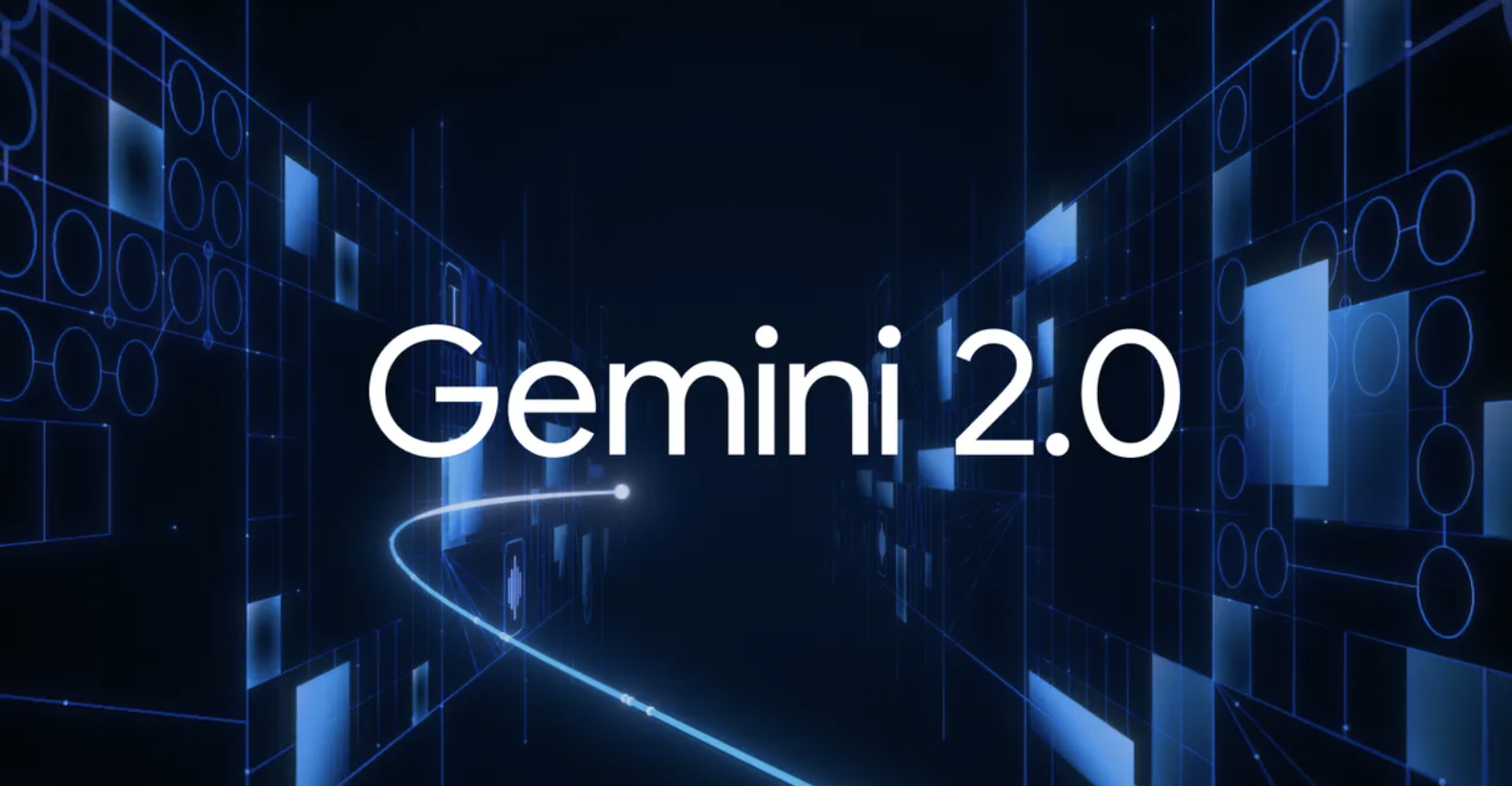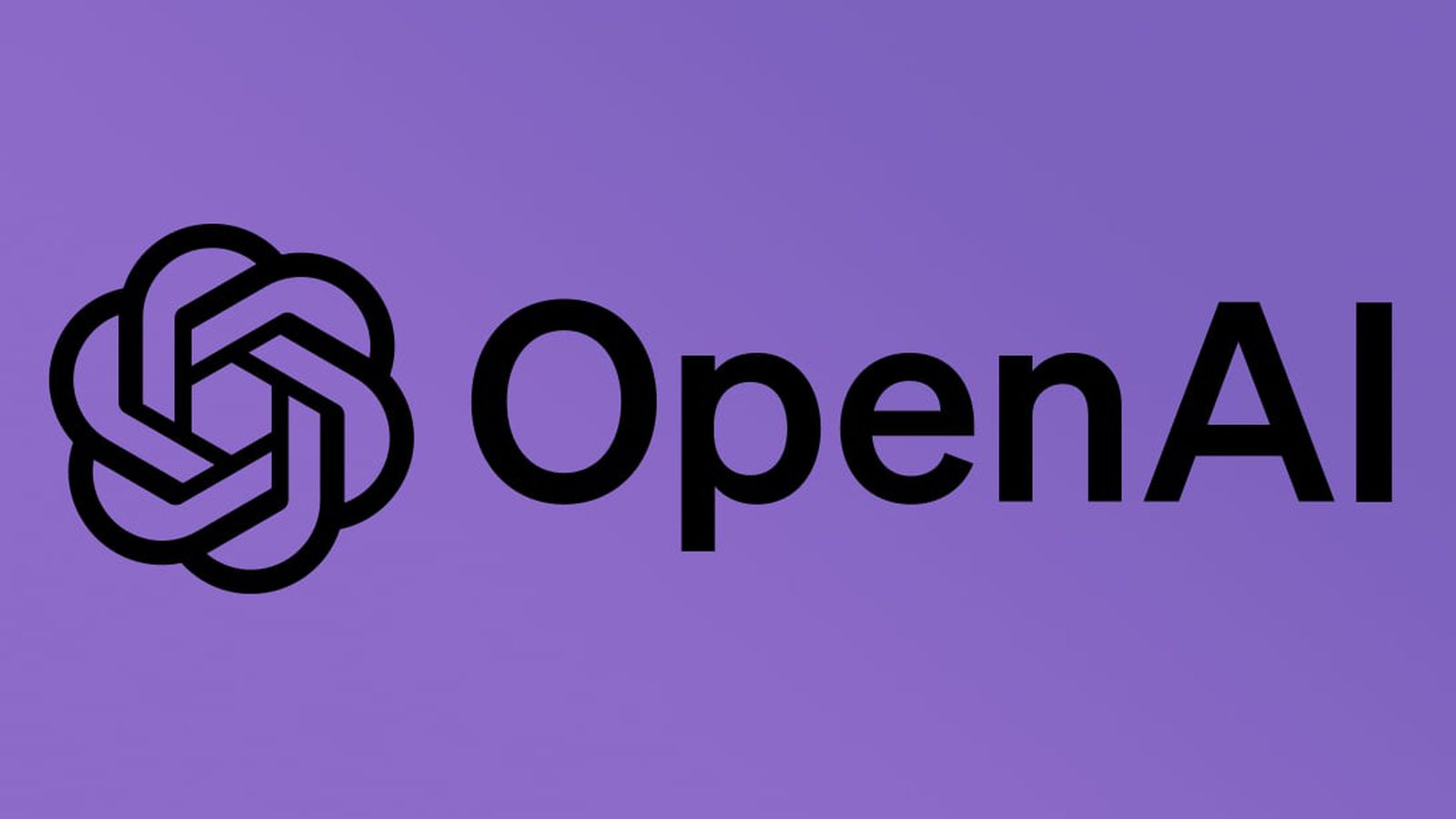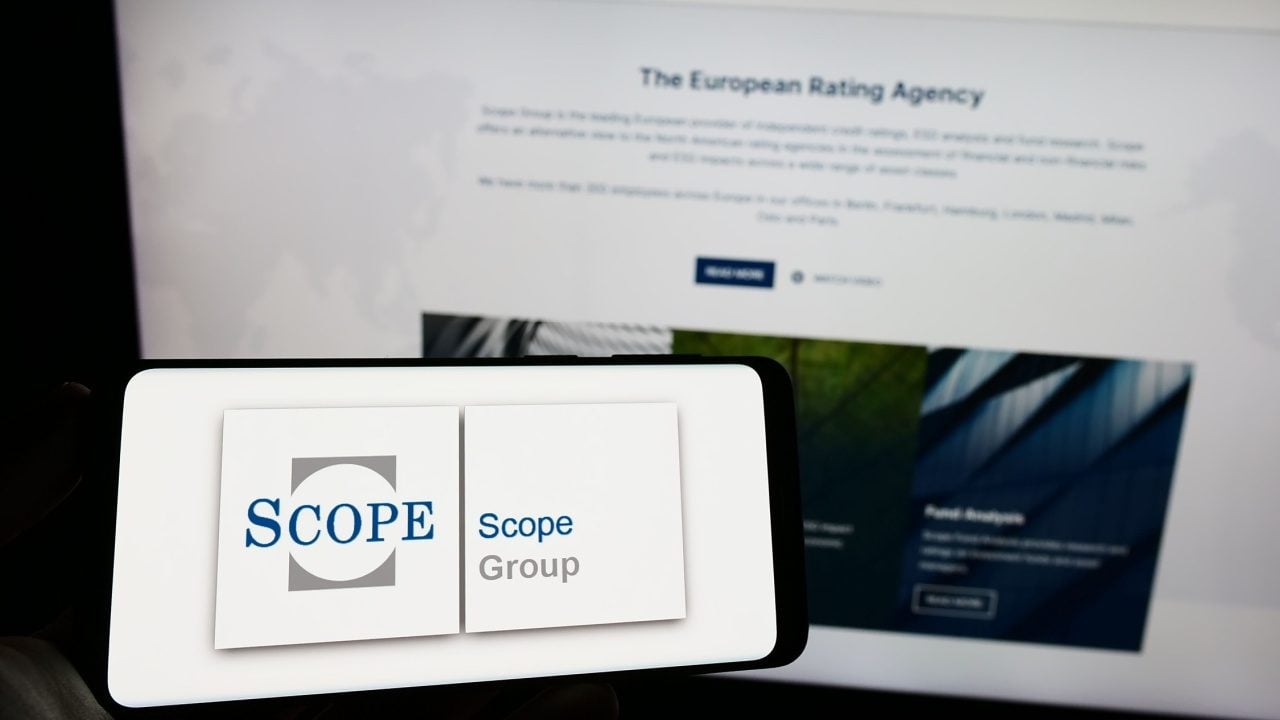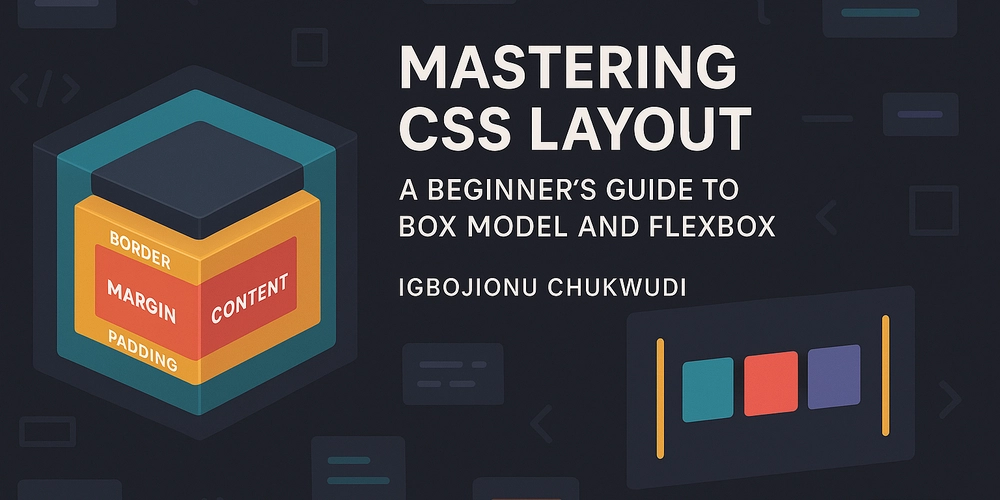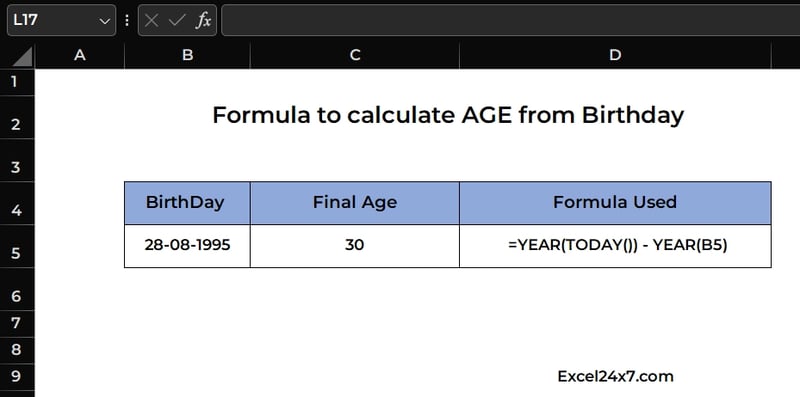Why SaaS Integration Platforms Are the Backbone of Modern Business
371 SaaS apps per organization. That's the average number of software tools businesses use today. It might sound shocking at first, but it perfectly captures the modern enterprise's reality: a sprawling digital ecosystem powered by SaaS. SaaS (Software as a Service) isn’t just a trendy buzzword. It's the infrastructure behind how we work, communicate, and grow businesses. From Gmail to ChatGPT, Salesforce to Jira, companies run on SaaS. But with great SaaS power comes great SaaS complexity. The more tools we adopt, the more fragmented our workflows become. Data lives in silos. Teams struggle with duplication, inefficiency, and blind spots. Integrating these systems manually is a nightmare. That’s where SaaS integration platforms step in to simplify, connect, and empower. Let’s break it down. What is SaaS, and Why Is It Everywhere? Think of SaaS like Netflix for software. Instead of buying software outright, you subscribe and access it over the internet. It’s flexible, scalable, and always up to date. The best part? There’s a tool for everything: Gmail for communication Zoom for meetings Jira for task management ChatGPT for smart AI tasks Stripe for payments But as your toolkit grows, so does the chaos. You suddenly have dozens (or hundreds) of apps that don’t talk to each other. Important data gets trapped. Teams waste time copying and pasting. Decisions get delayed because insights are spread across tools. This is the integration challenge. Enter SaaS Integration Platforms Also known as iPaaS (Integration Platform as a Service), these platforms are like air traffic control for your software. They connect all your SaaS apps, ensuring data moves seamlessly and workflows run like clockwork. Instead of having disconnected systems, you build a unified ecosystem where apps speak the same language. Let’s use an analogy. Imagine your SaaS apps are airplanes, and each data point is a passenger trying to transfer flights. Without a system, there’s chaos. Integration platforms are the air traffic controllers that guide each passenger (data) to its destination, safely and efficiently. The Risks of Not Integrating Your SaaS Apps When your tools aren’t integrated, problems pile up: Data duplication: Entering the same info in multiple tools causes inconsistencies and confusion. Wasted time: Manual data entry between apps is slow and error-prone. Limited visibility: Without unified data, decision-makers fly blind. Delayed decisions: No real-time insights means missed opportunities. In short: disconnected apps cost you money, time, and agility. The Must-Have Features of a Great Integration Platform If you’re considering using a SaaS integration platform (and you should), look for these key attributes: User-Friendly Interface You shouldn’t need to be an engineer to build automations. The best platforms use drag-and-drop builders and clear workflows so anyone—even non-tech teams—can use them. Pre-Built Connectors Top platforms come with hundreds of pre-built integrations: Salesforce, HubSpot, Shopify, Gmail, and more. Think of them as plug-and-play bridges that speed up your setup. Customizable Workflows Every business is unique. Great integration tools let you customize data flows, create business logic, and build custom connections—all without writing code. Scalability and Performance As you grow, so does your data. Choose a platform that can scale, handling more connections and data without lag or failure. Security and Compliance This isn’t optional. Look for encryption, SOC2 compliance, and support for GDPR and HIPAA to ensure your data is secure. Platforms like Konnectify check all these boxes. It’s a no-code, scalable, secure integration solution built for fast-growing teams. The Different Types of SaaS Integration Architectures There are several approaches to integrating SaaS apps, each with pros and cons: Point-to-Point This is the simplest form: one app connected directly to another. Great for small teams with just a few tools, but messy when you scale. Hub-and-Spoke A central "hub" app routes data to other apps ("spokes"). It's easier to manage, but can become a bottleneck. Enterprise Service Bus (ESB) More advanced than hub-and-spoke, ESB adds logic and routing intelligence. It’s common in big enterprises but often overkill for modern SaaS. iPaaS (Integration Platform as a Service) The modern, cloud-first solution. iPaaS offers flexibility, scalability, and no-code tools that work for both simple and complex integrations. Platforms like Konnectify fall into this category. Embedded iPaaS This is for SaaS companies that want to build integrations directly into their product—without spending months in development. It’s like adding native integrations that look and feel like part of your app. Perfect for B2B SaaS. How to Choose the Right Integration Platform The best platform for you depends on your specific needs. Here’s how to decide: Step 1: Understand Your Needs What apps do you use daily? Where is data getting
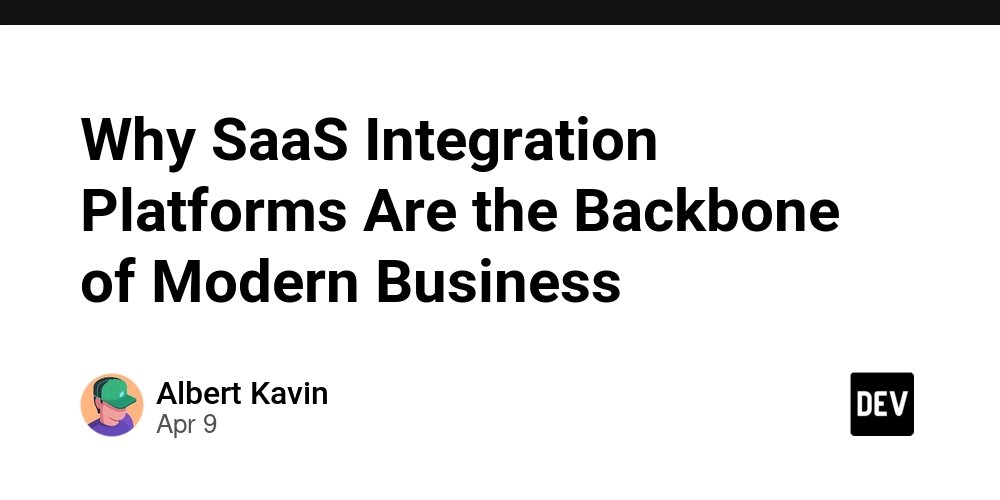
371 SaaS apps per organization. That's the average number of software tools businesses use today. It might sound shocking at first, but it perfectly captures the modern enterprise's reality: a sprawling digital ecosystem powered by SaaS.
SaaS (Software as a Service) isn’t just a trendy buzzword. It's the infrastructure behind how we work, communicate, and grow businesses. From Gmail to ChatGPT, Salesforce to Jira, companies run on SaaS.
But with great SaaS power comes great SaaS complexity.
The more tools we adopt, the more fragmented our workflows become. Data lives in silos. Teams struggle with duplication, inefficiency, and blind spots. Integrating these systems manually is a nightmare. That’s where SaaS integration platforms step in to simplify, connect, and empower.
Let’s break it down.
What is SaaS, and Why Is It Everywhere?
Think of SaaS like Netflix for software. Instead of buying software outright, you subscribe and access it over the internet. It’s flexible, scalable, and always up to date.
The best part? There’s a tool for everything:
Gmail for communication
Zoom for meetings
Jira for task management
ChatGPT for smart AI tasks
Stripe for payments
But as your toolkit grows, so does the chaos.
You suddenly have dozens (or hundreds) of apps that don’t talk to each other. Important data gets trapped. Teams waste time copying and pasting. Decisions get delayed because insights are spread across tools.
This is the integration challenge.
Enter SaaS Integration Platforms
Also known as iPaaS (Integration Platform as a Service), these platforms are like air traffic control for your software. They connect all your SaaS apps, ensuring data moves seamlessly and workflows run like clockwork.
Instead of having disconnected systems, you build a unified ecosystem where apps speak the same language.
Let’s use an analogy. Imagine your SaaS apps are airplanes, and each data point is a passenger trying to transfer flights. Without a system, there’s chaos. Integration platforms are the air traffic controllers that guide each passenger (data) to its destination, safely and efficiently.
The Risks of Not Integrating Your SaaS Apps
When your tools aren’t integrated, problems pile up:
Data duplication: Entering the same info in multiple tools causes inconsistencies and confusion.
Wasted time: Manual data entry between apps is slow and error-prone.
Limited visibility: Without unified data, decision-makers fly blind.
Delayed decisions: No real-time insights means missed opportunities.
In short: disconnected apps cost you money, time, and agility.
The Must-Have Features of a Great Integration Platform
If you’re considering using a SaaS integration platform (and you should), look for these key attributes:
- User-Friendly Interface You shouldn’t need to be an engineer to build automations. The best platforms use drag-and-drop builders and clear workflows so anyone—even non-tech teams—can use them.
- Pre-Built Connectors Top platforms come with hundreds of pre-built integrations: Salesforce, HubSpot, Shopify, Gmail, and more. Think of them as plug-and-play bridges that speed up your setup.
- Customizable Workflows Every business is unique. Great integration tools let you customize data flows, create business logic, and build custom connections—all without writing code.
- Scalability and Performance As you grow, so does your data. Choose a platform that can scale, handling more connections and data without lag or failure.
- Security and Compliance This isn’t optional. Look for encryption, SOC2 compliance, and support for GDPR and HIPAA to ensure your data is secure. Platforms like Konnectify check all these boxes. It’s a no-code, scalable, secure integration solution built for fast-growing teams. The Different Types of SaaS Integration Architectures There are several approaches to integrating SaaS apps, each with pros and cons:
- Point-to-Point This is the simplest form: one app connected directly to another. Great for small teams with just a few tools, but messy when you scale.
- Hub-and-Spoke A central "hub" app routes data to other apps ("spokes"). It's easier to manage, but can become a bottleneck.
- Enterprise Service Bus (ESB) More advanced than hub-and-spoke, ESB adds logic and routing intelligence. It’s common in big enterprises but often overkill for modern SaaS.
- iPaaS (Integration Platform as a Service) The modern, cloud-first solution. iPaaS offers flexibility, scalability, and no-code tools that work for both simple and complex integrations. Platforms like Konnectify fall into this category.
- Embedded iPaaS This is for SaaS companies that want to build integrations directly into their product—without spending months in development. It’s like adding native integrations that look and feel like part of your app. Perfect for B2B SaaS. How to Choose the Right Integration Platform The best platform for you depends on your specific needs. Here’s how to decide: Step 1: Understand Your Needs What apps do you use daily? Where is data getting stuck? What repetitive tasks are wasting your team's time? Step 2: Check Integration Coverage Make sure the platform supports your core tools. Need Salesforce + Stripe? Gmail + ClickUp? Konnectify offers 100+ pre-built integrations. Step 3: Look at Support and Community You want a responsive team, helpful documentation, and an active community. This is crucial if you don’t have a big IT team. Step 4: Evaluate Pricing Some platforms charge per integration, others by usage. Make sure the cost scales with your business. Konnectify grows with you—it's plans expand as your needs grow. Why We Built Konnectify At Konnectify, we saw companies struggle with integration chaos. So, we built a solution that simplifies the complex, streamlines your operations, and gives every team the power to automate—without writing a single line of code. No-code visual builder 100+ pre-built app connectors Embedded iPaaS for SaaS products SOC2-compliant, secure architecture Scales with your growth Whether you're in sales, marketing, finance, or operations, Konnectify connects your stack and frees your team from repetitive, low-value tasks. The Bottom Line SaaS is everywhere—but without integration, it becomes a burden instead of a blessing. SaaS integration platforms are no longer optional. They are essential tools that help you: Eliminate silos Automate tasks Improve decision-making Scale faster Konnectify is your strategic partner in creating a connected, high-performing digital business. It's time to stop stitching apps together manually and start building an ecosystem that works for you. Connect 100+ apps in a few clicks. Say goodbye to complexity, and hello to the future of work.



.jpg)





















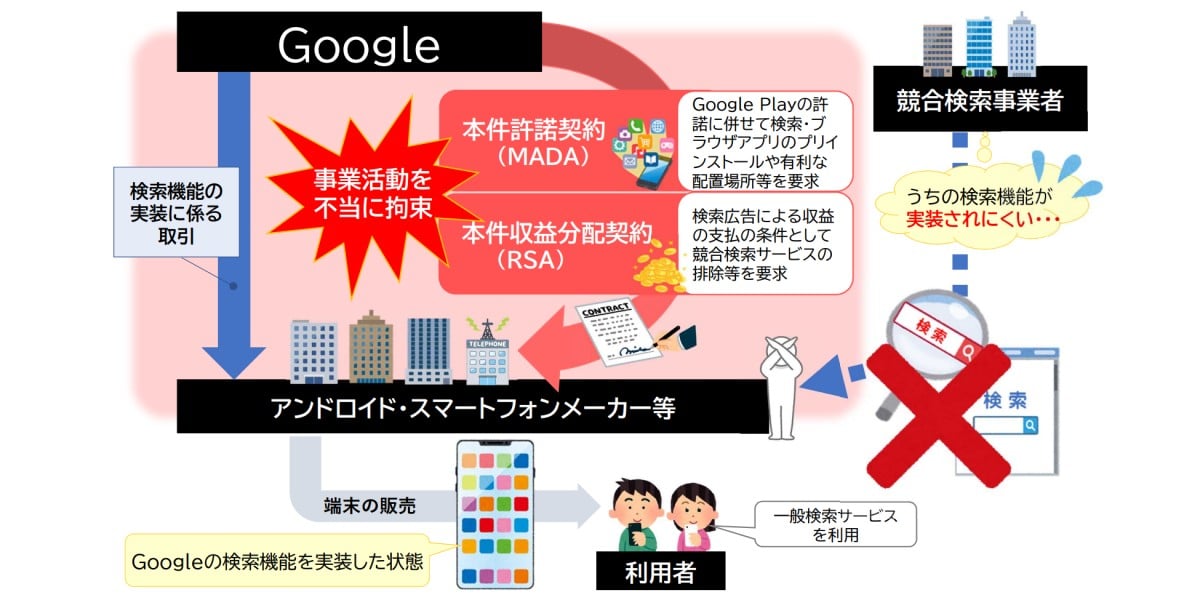
















































































































































![[The AI Show Episode 144]: ChatGPT’s New Memory, Shopify CEO’s Leaked “AI First” Memo, Google Cloud Next Releases, o3 and o4-mini Coming Soon & Llama 4’s Rocky Launch](https://www.marketingaiinstitute.com/hubfs/ep%20144%20cover.png)
















































































































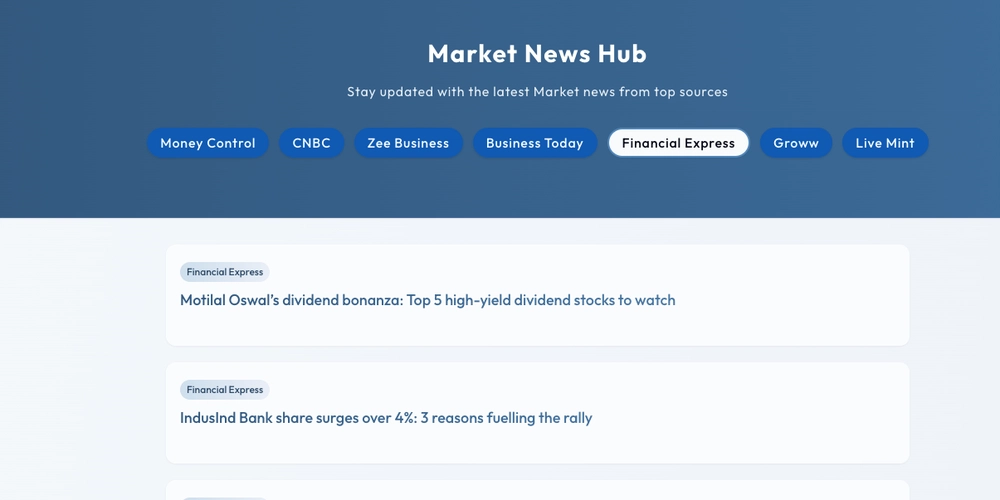
















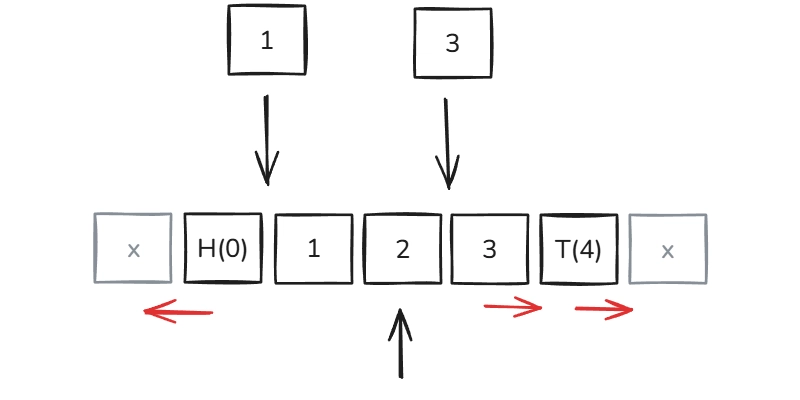












































.png?width=1920&height=1920&fit=bounds&quality=70&format=jpg&auto=webp#)





















![Blue Archive tier list [April 2025]](https://media.pocketgamer.com/artwork/na-33404-1636469504/blue-archive-screenshot-2.jpg?#)


































.png?#)








































.webp?#)












































































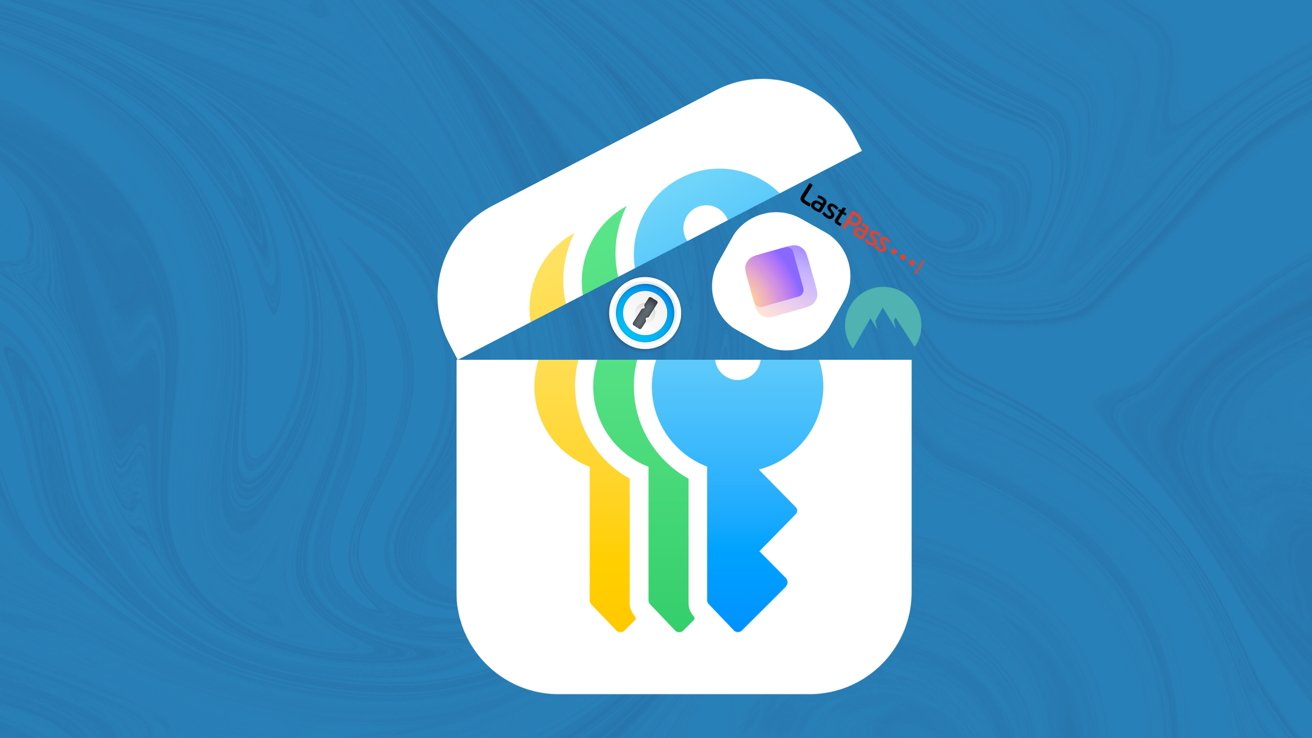










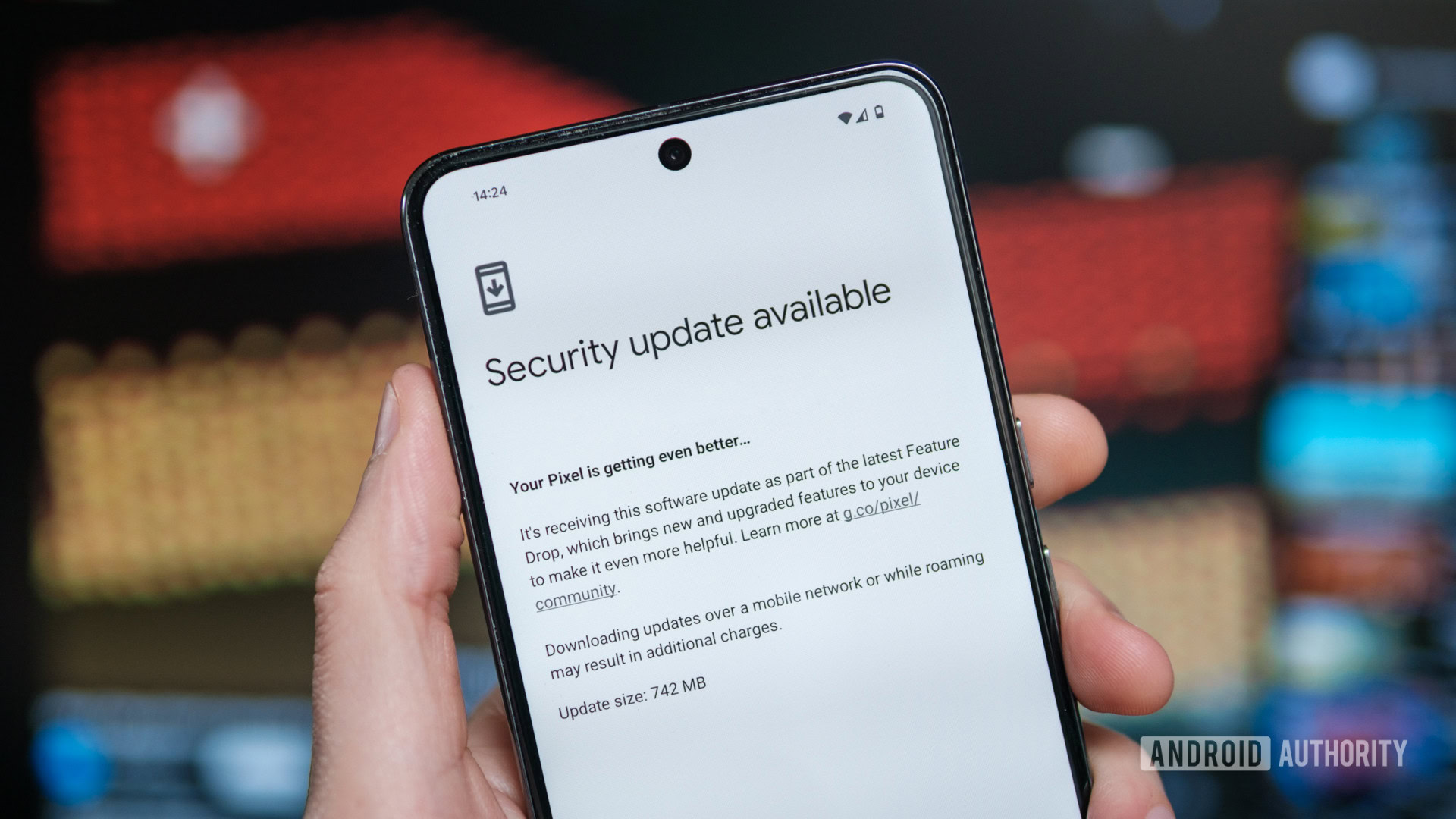















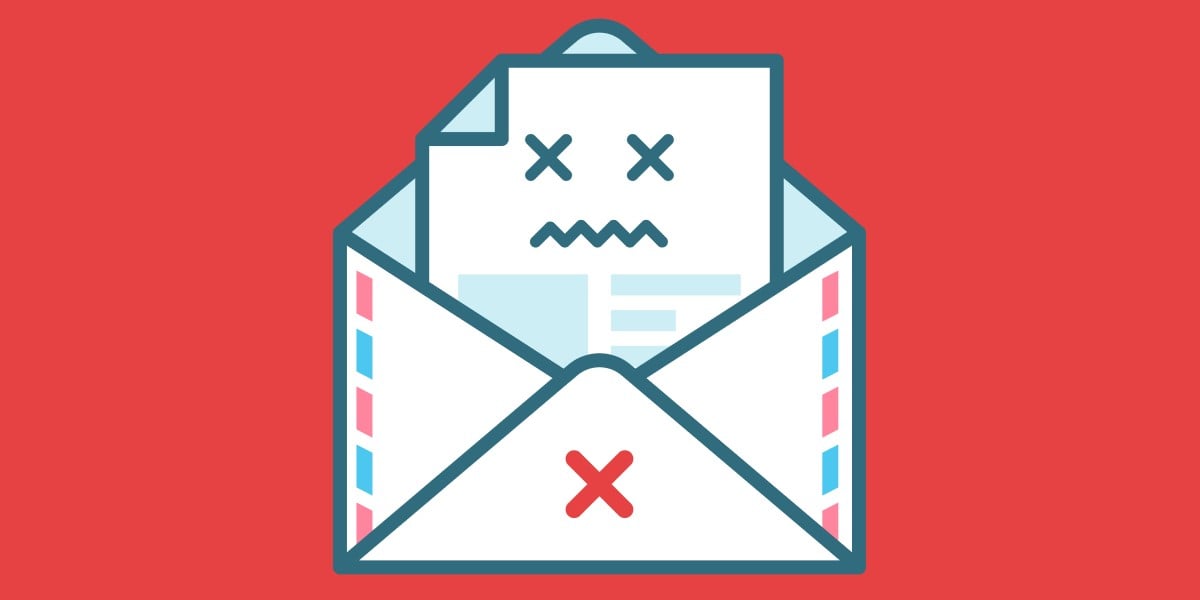


![Apple to Split Enterprise and Western Europe Roles as VP Exits [Report]](https://www.iclarified.com/images/news/97032/97032/97032-640.jpg)
![Nanoleaf Announces New Pegboard Desk Dock With Dual-Sided Lighting [Video]](https://www.iclarified.com/images/news/97030/97030/97030-640.jpg)

![Apple's Foldable iPhone May Cost Between $2100 and $2300 [Rumor]](https://www.iclarified.com/images/news/97028/97028/97028-640.jpg)













